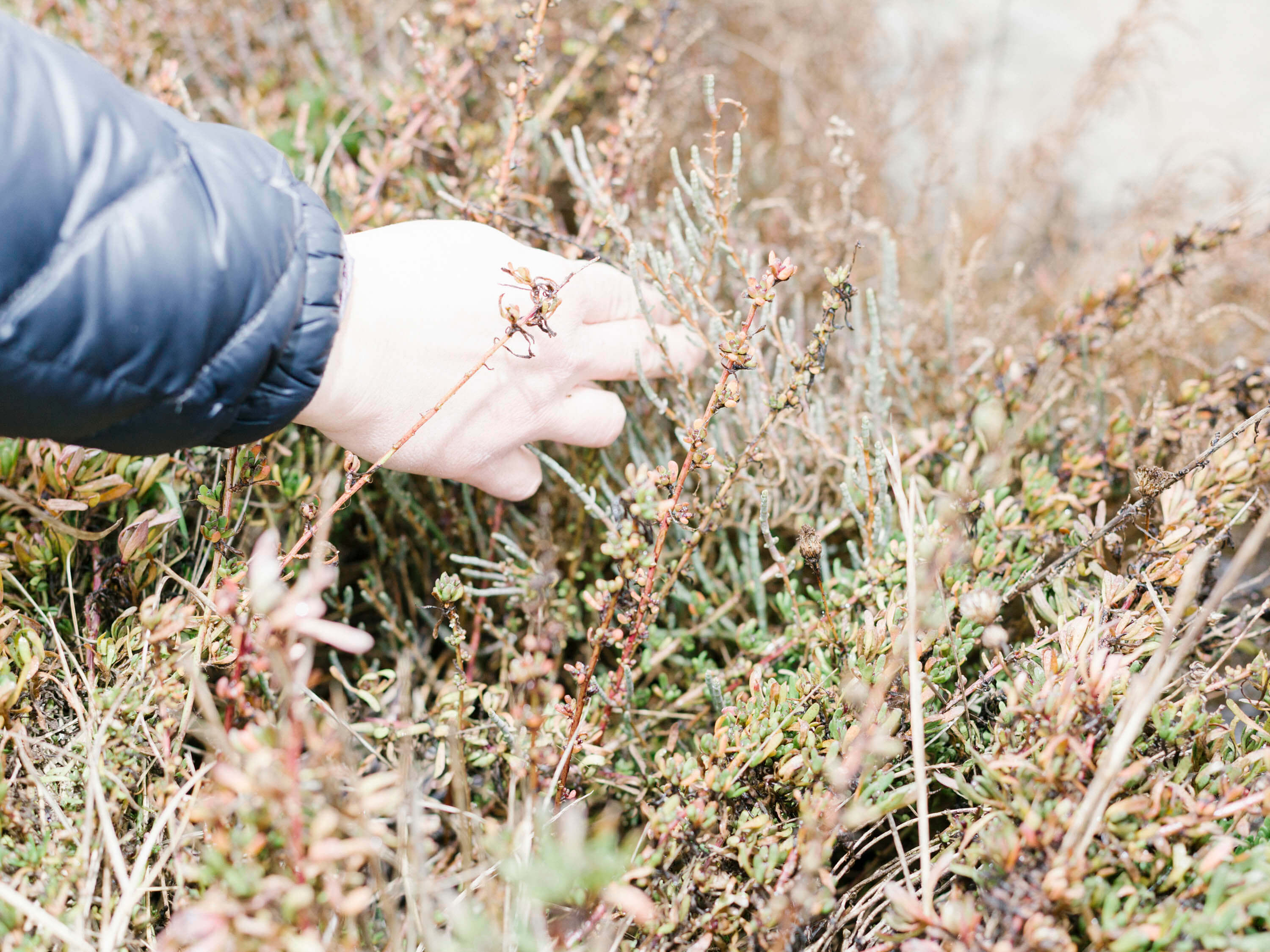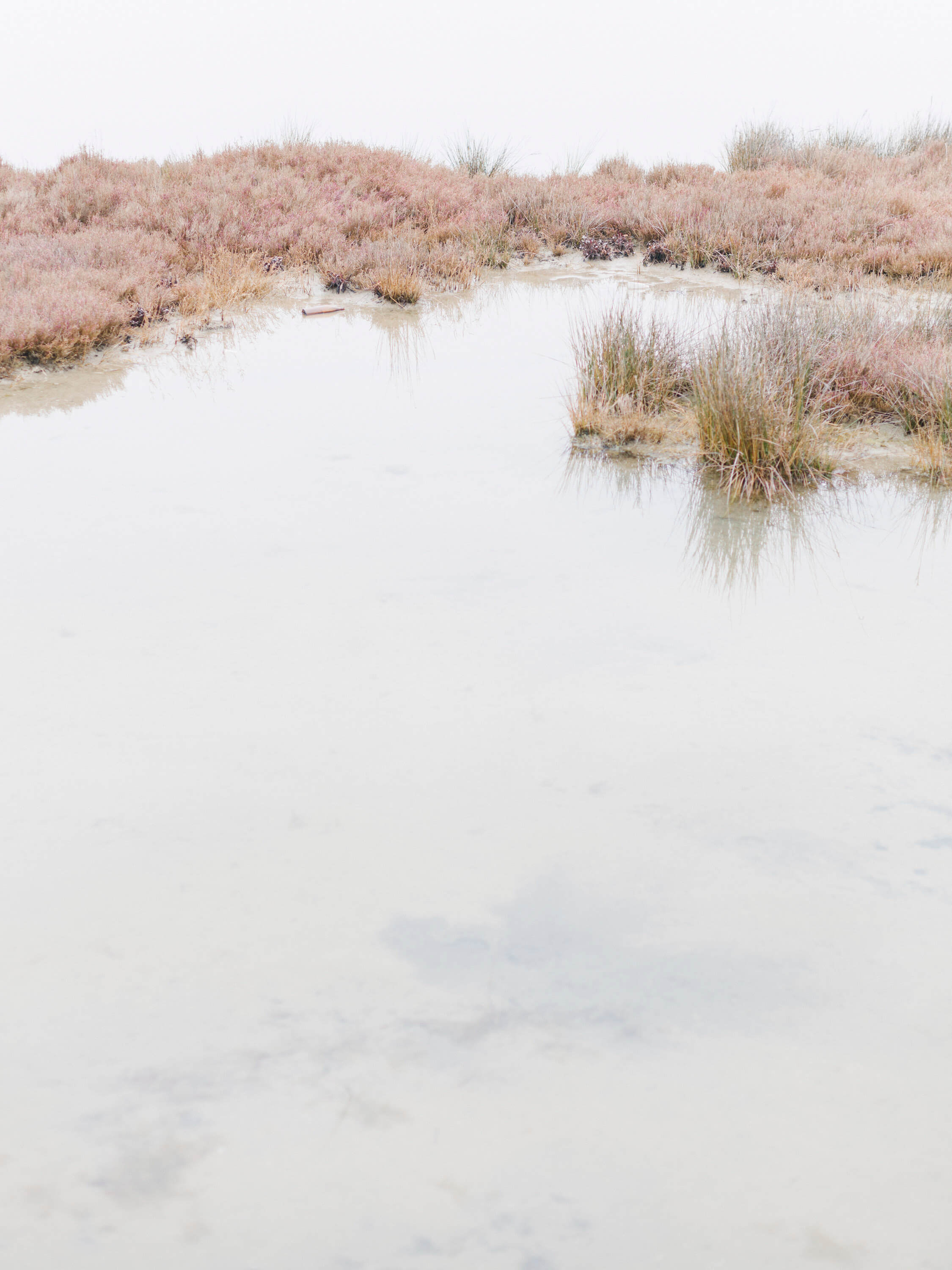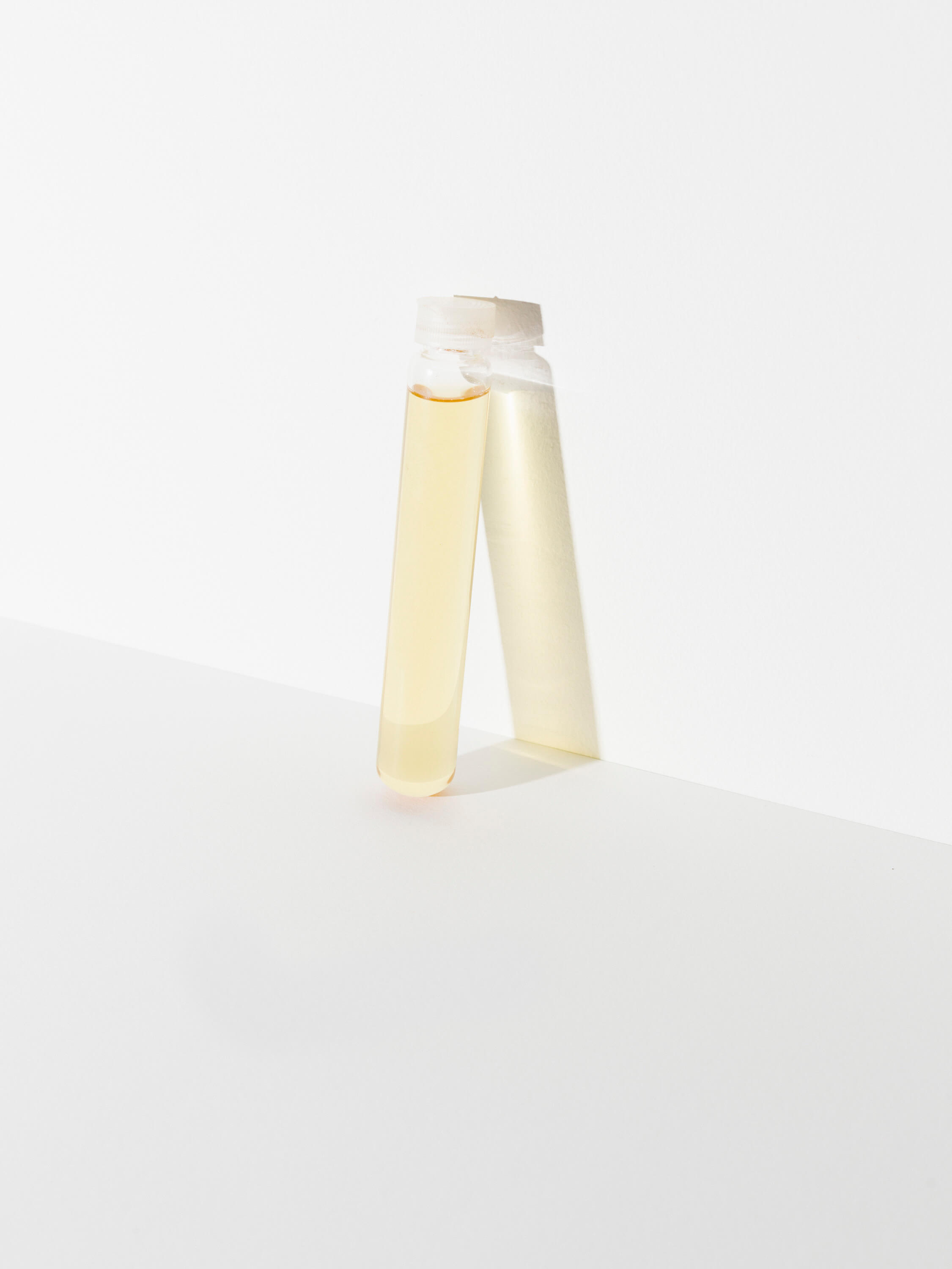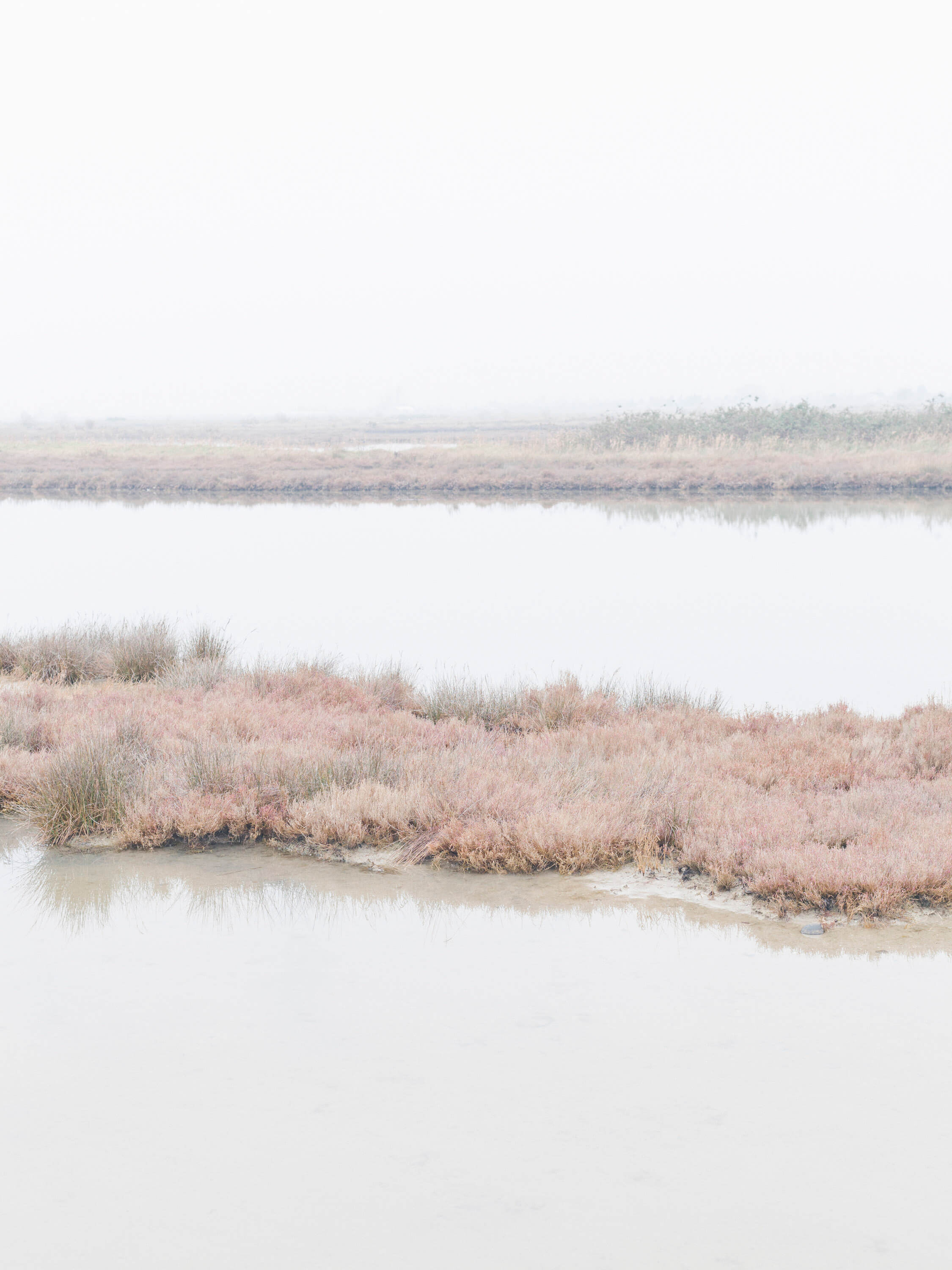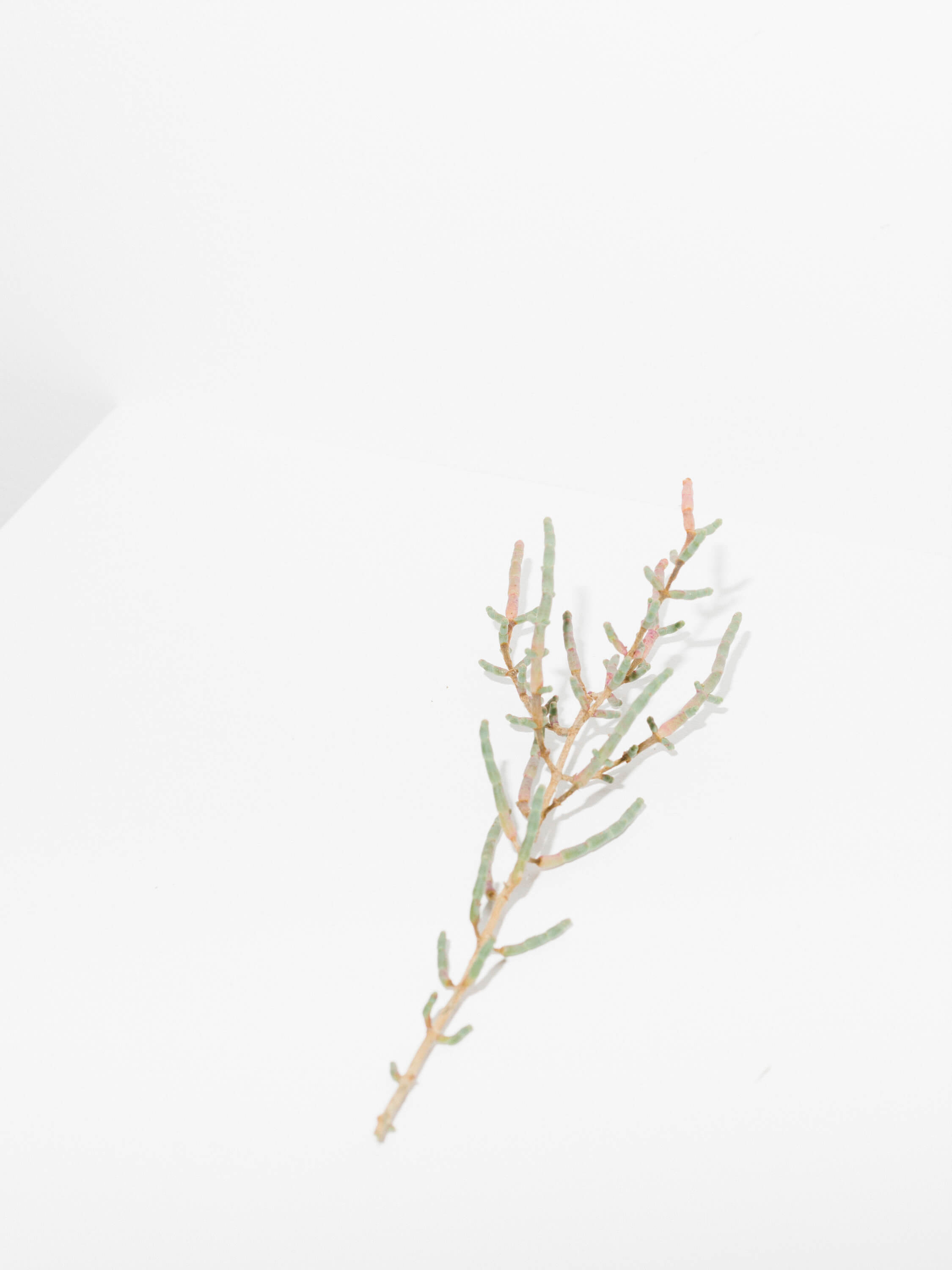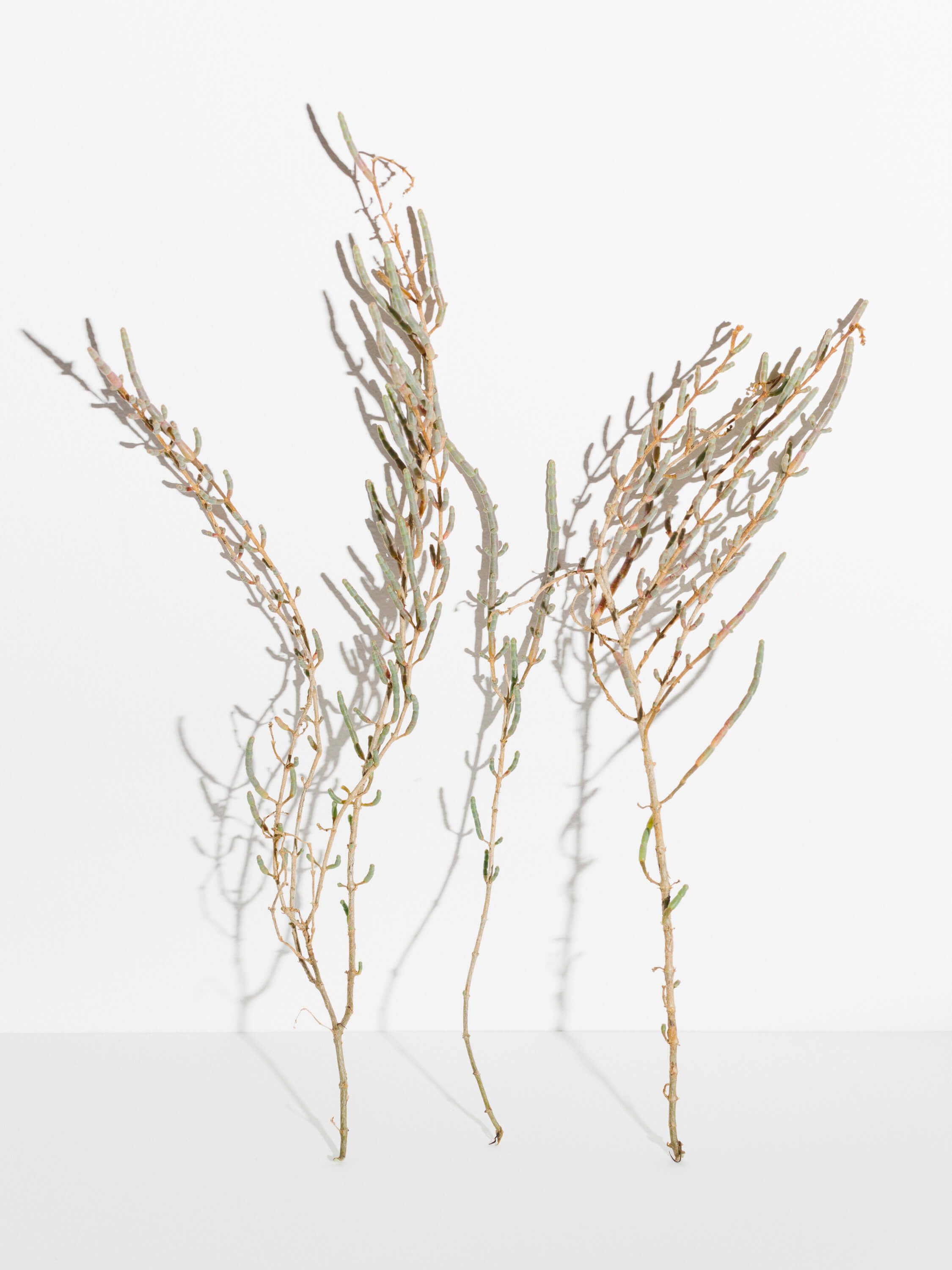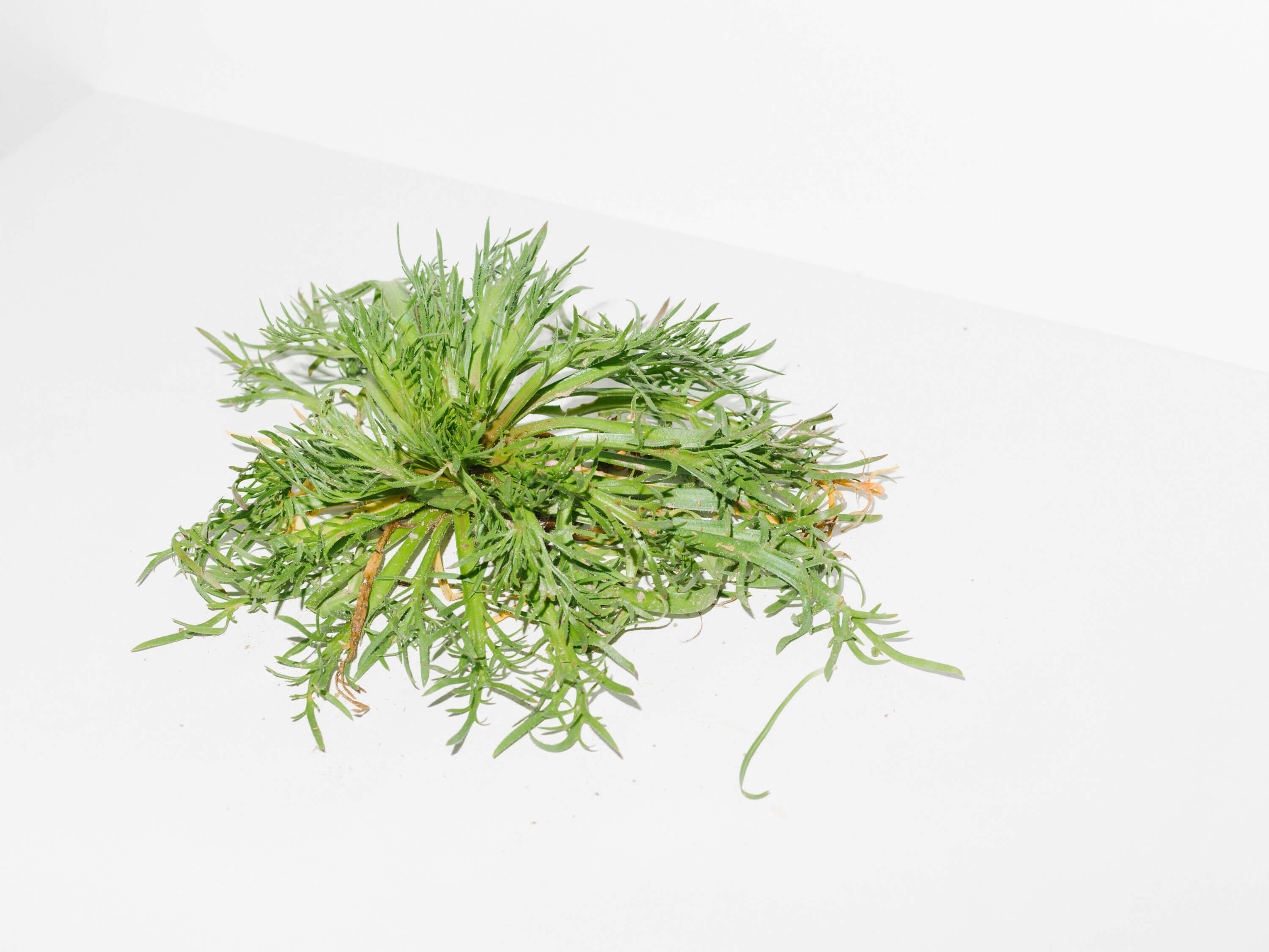
It’s easy to tell tales about Venice. But here you need more: magic, phantoms, the odd whisper of wild nature outside the city, where there’s also the scent of wild herbs on every piece of muddy ground emerging from the water and the fantasy of modern cooks. For example, let’s start from the morphology of Venice. If you think about the discipline of feng shui, which sets out that every house has to be built so as to absorb the beneficial waves of the “great dragon” that sleeps underground, and examine any map of the city, you might be surprised to see that the Grand Canal curves round just like a snake, or perhaps a dragon, cutting the city into two parts. Or it might give you goosepimples to think of the ghost of the heretic Giordano Bruno who appears every year, like an atomic clock, on 17 October in Ca’ Mocenigo.
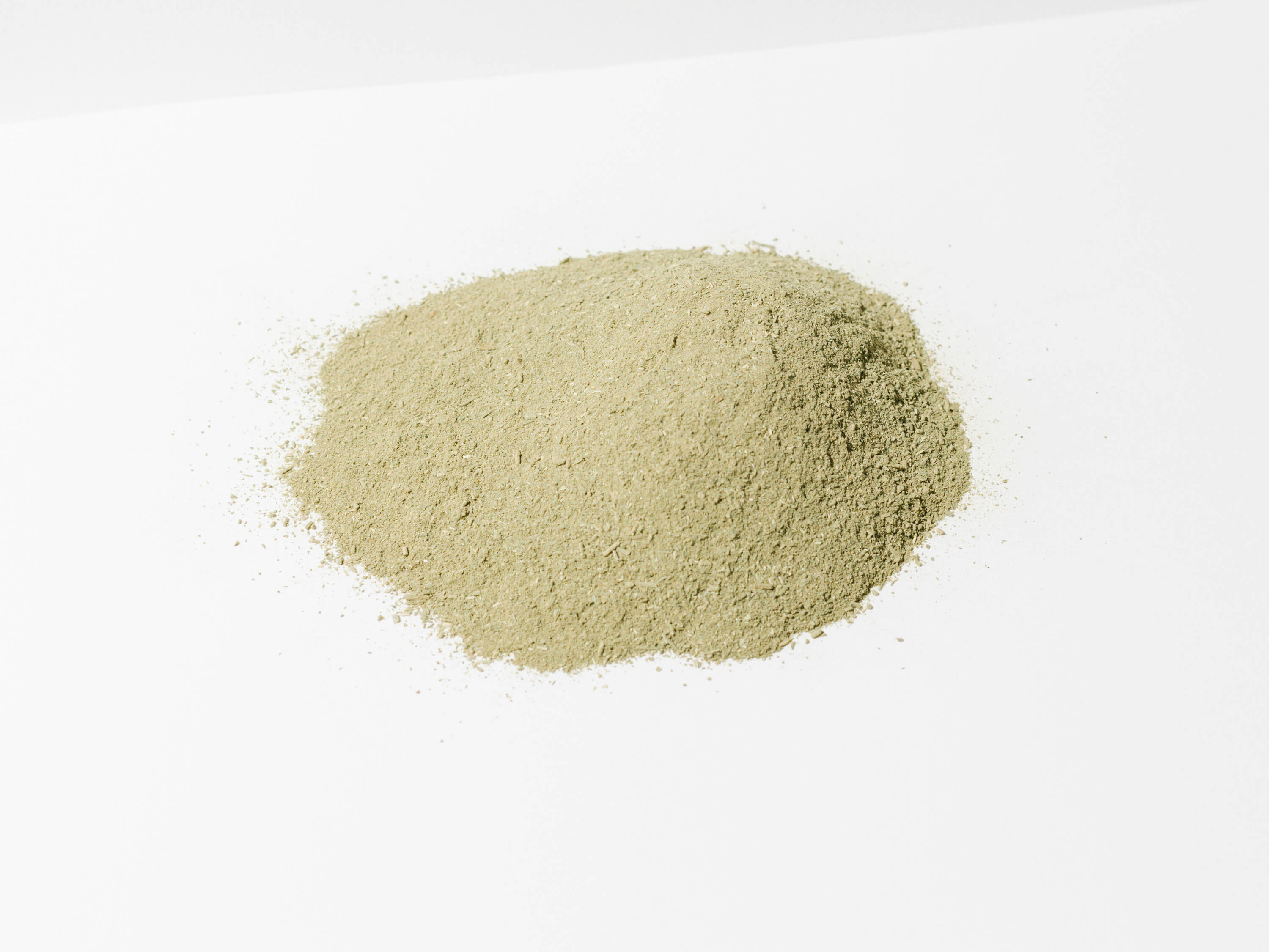
Nowhere has ever beaten Venice for phantoms, not even Edinburgh: the most famous spirit is that of painter Morto Da Feltre, which, despite a name that’s a continual reminder of his mental and physical state, continues to float round the rooms of the Casino degli Spiriti now, after frequenting them centuries earlier with Giorgione, Titian and Sansovino. Most Venetians are convinced they’ve always lived alongside ghosts. Lots claim that the canals of the floating city are haunted by intangible presences, good and bad, like the seven witches who move around the lagoon on a large floating hearse. And so, we grab onto a gondola, and escape from this magical town to reach the lagoon that has embraced it for centuries.
The fascination with this microclimate never seems to fade, just like Venice’s pan biscotto, whose most unusual and precious characteristic was also explained by nineteenth-century Venetian historian Giuseppe Tassini: “Through singular mastery, it had the property, now unknown, of never being attacked by woodworm”. On this magical gondola, guided by chef Daniele Zennaro like Charon in a white chef’s hat, we leave the city behind us and head north into the lagoon of Lio Piccolo, Sant’Erasmo Treporti and the valleys, places where the mudflats reveal themselves in all their dizzying splendour. These flat, ironed-out pieces of land, periodically submerged by the tides and typical of the lagoons, are known as “barene” in Venice. The chef shows us the landscape with his eyes of an azure somewhere between sky and navy blue, and lists the wild herbs that he himself picks all year round: “There’s stellaria marina, also known as ‘chickweed’, which has a similar taste to artichokes and cardoons; then from the magnolia flowers with their white petals I create fritters and flavour them with vanilla, while I use both the raw younger leaves and the flowers of samphire or sea fennel in spring to I build some fabulous choux buns around. With samphire and red onion, I also satisfy the vegans, because they’re the ingredients of a ‘marinated vegetable soar’ that’s really unique.” In the lagoon, you can feel the salt in the air, the iodine in your nostrils, the wind whispering the advice of the Italic divinity Marica and all the other nymphs of the swamps. “I also like to make a salad with quails’ eggs, white almonds and maidenstears, whose balloon-like flowers also give it the name of ‘bladder campion’; the scientific name, ‘Silene vulgaris’ derives from Silenus, Bacchus’ teacher, and that’s what I love about it. Then I use meaty and succulent plants which really live like mythological creatures in the limbo between water and land: Lunularia cruciata [crescent-cup liverwort] and Limbarda crithmoides [golden samphire] whose young shoots are soothing and flowers with thin petals are a bright colour somewhere between taxi-cab and ‘chartreuse’ yellow; and lastly the salty salicornia, or sea asparagus, which can grow up to a metre high, whose saltiness and bitterness vary depending on where it grows. In the mouth the sea asparagus crackles and creaks, it rubs against your teeth when you chew it, and it tastes like a pleasant cocktail of seaweed and molluscs. There’s always a show on at the mudflats!”
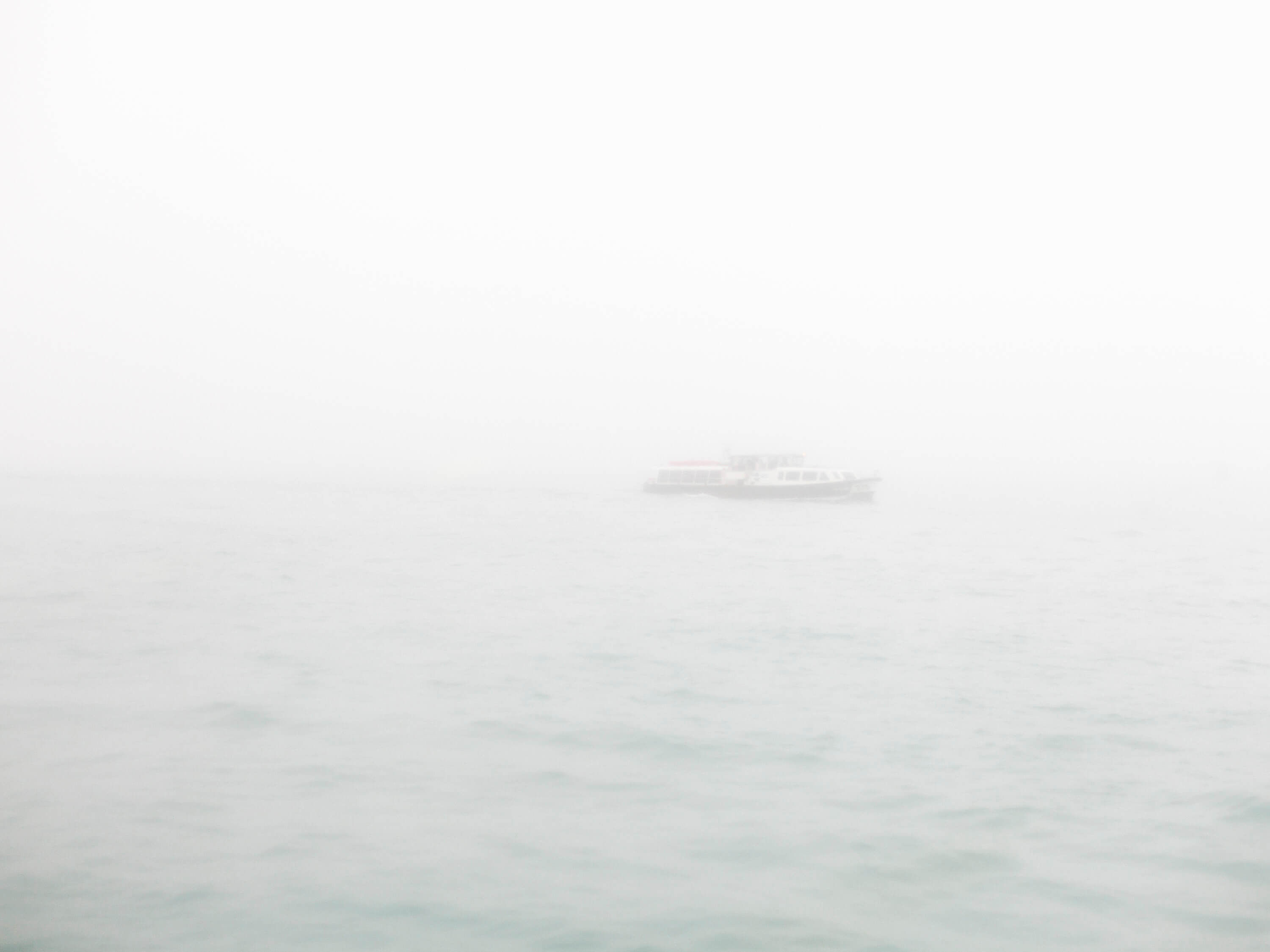
From these wild, green ingredients of the lagoon, chef Daniele Zennaro has also extracted a 100% locally sourced dish for his menu at the Baglioni Hotel in Venice: wild duck hunted in the valley and roasted with its offal, then served with a focaccia of dried summer mudflat herbs, pumpkin seed oil and hemp seed oil. From the silent but extremely alive lagoon, you can also get a marvellous honey from the nectar of sea lavender and violet artichoke flowers.
All of these free herbs and plants make us forget the suffocating, crowded and maze-like atmosphere of the centre of Venice, and open our eyes to the space of the lagoon: the (natural) wildness of the mudflats versus the (human) artifice of the historic palazzi. So, these plants are like drugs that let us escape the hubbub of the city, like the sea wormwood, or Artemisia maritima, that the older generations always used to give flavour to the white grappas made with their homemade wine and create a very aromatic and digestive green grappa (read: absinthe!). Every day, for centuries, the Venetians have wallowed in the sacrosanct act of getting away from it all, by drinking chocolate or coffee as Carlo Goldoni recounted in his operas. The magic of the lagoon, its wild herbs from the mudflats, and a Venice where, for the first time, silence takes centre stage.
